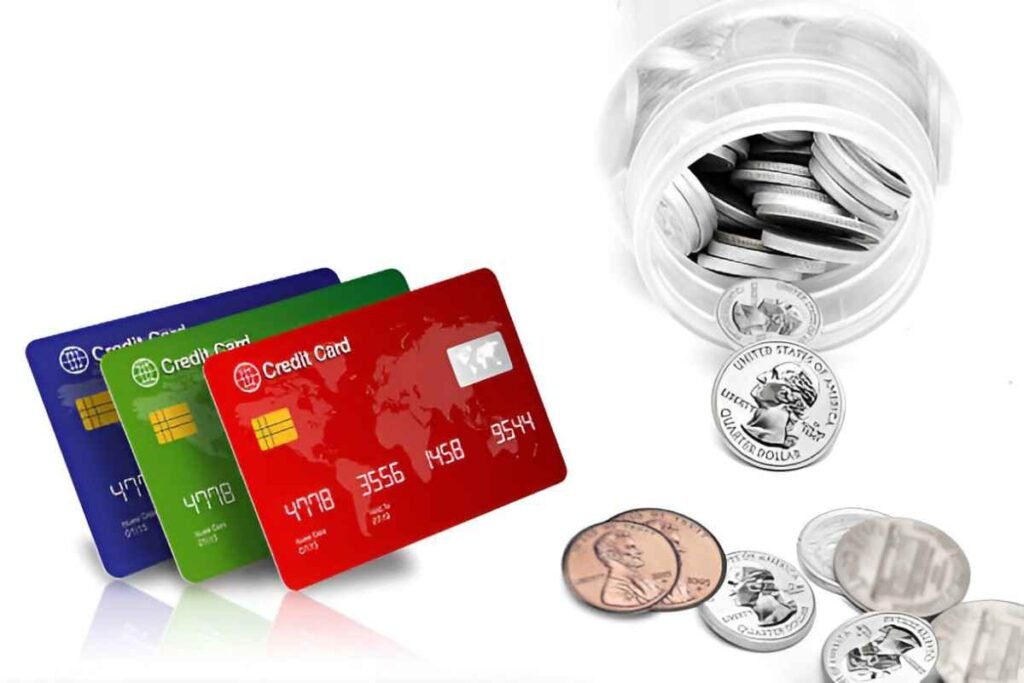Having a credit score of 720 puts you in a good position when it comes to credit card options. This score falls within the “good” credit range, opening doors to favorable terms and benefits. However, selecting the right card depends on understanding your financial goals, spending habits, and the specific features offered by different cards.
Table of Contents
What a 720 Credit Score Means
A credit score of 720 indicates that you have a solid credit history. Lenders consider this score reliable, which means you’re likely to qualify for credit cards with attractive interest rates, rewards programs, and lower fees. With this score, you can typically expect:
- Lower interest rates compared to average credit scores
- Higher credit limits, offering more financial flexibility
- Better rewards programs, such as cash back, travel points, and sign-up bonuses
- Easier approvals for premium credit cards
Although a 720 score is good, it may not qualify you for the top-tier cards reserved for those with excellent credit (750+). However, with responsible usage, you can move into the excellent category over time.
Types of Credit Cards Available for a 720 Credit Score
When looking at credit cards for a 720 credit score, it’s important to consider the different types available. Here are some common categories:
1. Cash Back Credit Cards
These cards reward you with a percentage of your spending returned as cash. Ideal for everyday expenses, they provide tangible savings over time.
| Card Name | Cash Back Rate | Annual Fee | Additional Perks |
|---|---|---|---|
| Card A | 2% on all purchases | $0 | No foreign transaction fees |
| Card B | 5% on rotating categories | $95 | Sign-up bonus available |
| Card C | 1.5% on all purchases | $0 | Extended warranty coverage |
2. Travel Credit Cards
If you travel frequently, a travel credit card can offer rewards on flights, hotels, and dining. These cards often include travel insurance and airport lounge access.
| Card Name | Travel Points Rate | Annual Fee | Travel Perks |
|---|---|---|---|
| Card X | 3x on travel, 1x on other | $95 | Free checked bag, TSA PreCheck credit |
| Card Y | 2x on flights, 2x on dining | $0 | No foreign transaction fees |
| Card Z | 5x on travel purchases | $450 | Lounge access, priority boarding |
3. Balance Transfer Credit Cards
For those looking to consolidate debt, balance transfer cards provide low or 0% introductory APR offers, allowing you to pay off balances without accumulating more interest.
| Card Name | Intro APR Period | Regular APR | Balance Transfer Fee |
|---|---|---|---|
| Card M | 0% for 18 months | 16.99% | 3% |
| Card N | 0% for 15 months | 14.99% | $0 |
| Card O | 0% for 12 months | 17.99% | 5% |
4. Rewards Credit Cards
These cards offer points on various purchases, which can be redeemed for gift cards, merchandise, or statement credits.
| Card Name | Rewards Rate | Annual Fee | Redemption Options |
|---|---|---|---|
| Card P | 2x on groceries, 1x on other | $50 | Travel, gift cards, cash back |
| Card Q | 3x on dining, 1x on other | $0 | Merchandise, statement credit |
| Card R | 1.5x on all purchases | $0 | Flexible redemption options |
How to Choose the Right Credit Card
Choosing the right credit card depends on your spending habits and financial goals. Here are some factors to consider:
- Spending Patterns: If you spend heavily on travel, a travel card makes sense. If your expenses are more general, a cash back card may be ideal.
- Annual Fees: Some cards offer excellent benefits but come with annual fees. Calculate whether the benefits outweigh the cost.
- Interest Rates: If you carry a balance, a lower APR or a balance transfer offer is crucial.
- Rewards Structure: Choose a card with a rewards system that aligns with your lifestyle.
- Credit Limit Needs: Higher credit limits can help maintain a lower credit utilization ratio, improving your credit score over time.
Example Calculations to Assess Value
Let’s consider an example of how rewards might work for a travel credit card:
Scenario:
- Annual spending on travel: $5,000
- Dining expenses: $3,000
- All other spending: $10,000
- Card Y offers 2x points on travel and dining, and 1x on other purchases
If each point is worth $0.01, the total value would be $260 per year.
Tips to Improve Your Credit Score Further
Even though a 720 credit score is good, there’s always room for improvement. Here are a few ways to push your score higher:
- Pay Bills on Time: Consistently paying bills by their due date has the most significant impact on your score.
- Keep Utilization Low: Aim to use less than 30% of your available credit.
- Limit New Applications: Too many applications in a short period can lower your score.
- Maintain Old Accounts: The length of your credit history matters, so keep older accounts open.
Common Pitfalls to Avoid
While having a good credit score provides access to better financial products, it’s important to avoid common mistakes:
- Overspending: Higher limits can lead to excessive spending, which may result in debt accumulation.
- Ignoring Fees: Some cards have hidden fees that can add up over time.
- Not Redeeming Rewards: Failing to take advantage of rewards means leaving money on the table.
Conclusion
A 720 credit score allows you to access a variety of credit cards with competitive benefits. Whether you’re looking for cash back, travel rewards, or balance transfer options, there’s a suitable card available. By understanding your financial needs and comparing options, you can maximize the value of your credit card while maintaining or improving your credit score.





